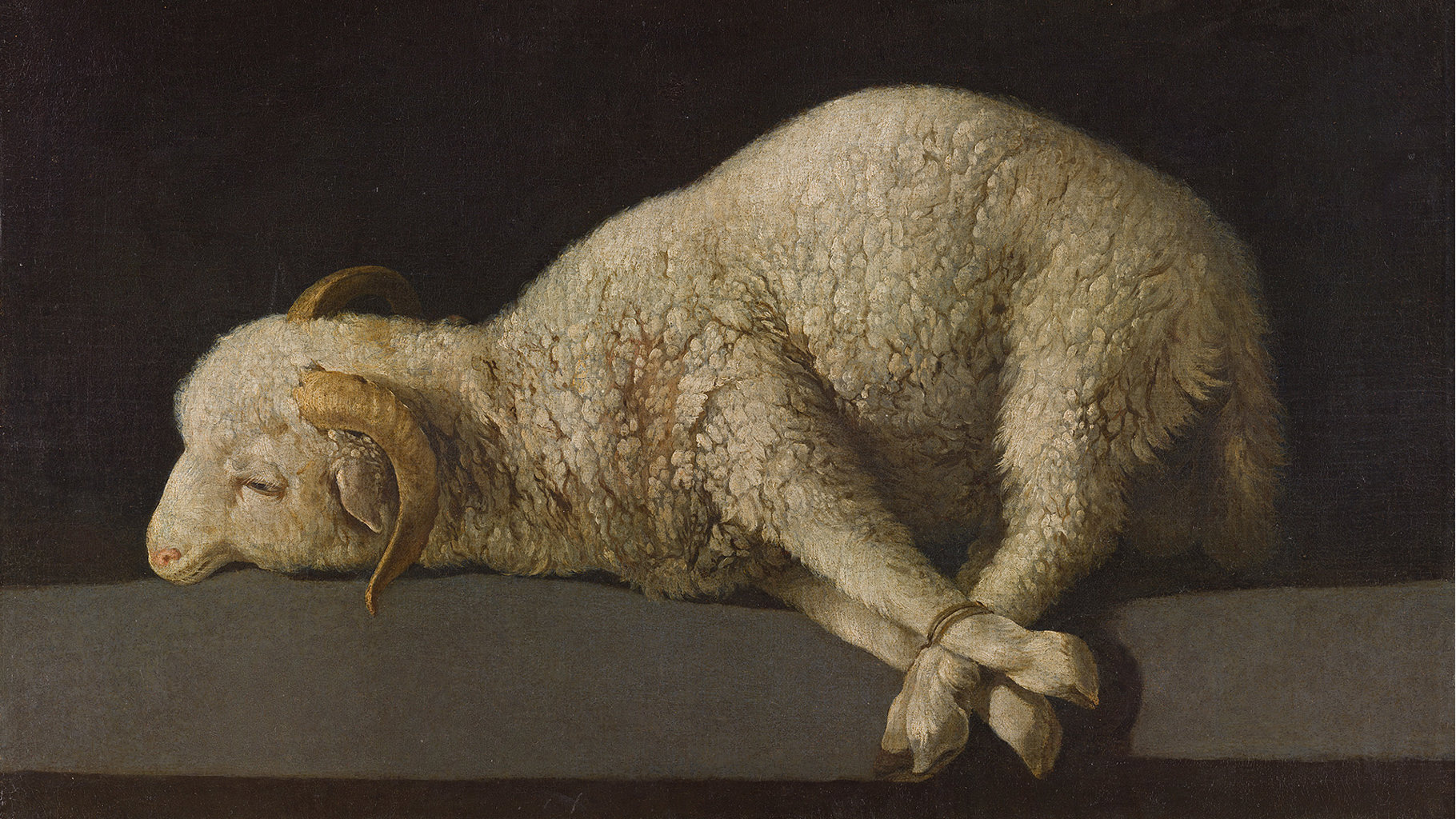National Gallery to stage first major UK exhibition on Spanish 17th-century artist Francisco de Zurbarán
2 May – 23 August 2026
Sainsbury Wing
Admission charge
The first major monographic exhibition in the UK devoted to Francisco de Zurbarán (1598–1664), will open at the National Gallery next spring (2 May – 23 August 2026).
Along with Diego Velázquez (1599–1660) and Bartolomé Esteban Murillo (1617–1682), Zurbarán was one of the leading painters of 17th-century Spain. His paintings, which include stunning life-size depictions of saints, soaring altarpieces and contemplative still lifes, are celebrated for their naturalism, directness and deep emotional power.
This exhibition is the first dedicated presentation of the artist’s paintings at the National Gallery since 1994 when the series of 'Jacob and his Twelve Sons' from Auckland Castle was shown in the Sunley Room. Several works by Zurbarán also featured in The Sacred Made Real, an exhibition held in 2009–10.
This exhibition of almost 50 paintings will span the chronological and iconographic breadth of the artist’s career. It will unite exceptional works from the collection of the National Gallery (including Saint Margaret of Antioch, A Cup of Water and a Rose and Juan de Zurbarán's Still Life with Lemons in a Wicker Basket) with paintings from the Musée du Louvre ('Saint Bonaventure on His Bier' and 'Saint Apollonia') and the Art Institute of Chicago ('The Crucifixion', 'Saint Romanus of Antioch' and 'Saint Barulas' and Juan de Zurbarán’s 'Flowers and Fruit in a Chinese Bowl'), the two partner museums to which the exhibition will travel between October 2026 and June 2027.
Other major loans from France ('Saint Francis of Assisi', Musée des Beaux-Arts de Lyon), Spain ('Agnus Dei', Museo Nacional del Prado; 'Immaculate Conception', Museu Nacional d’Art de Catalunya) and the USA ('Christ and the Virgin in the House at Nazareth', Cleveland Museum of Art) will complete this comprehensive exploration of Zurbarán’s career, which seeks to evoke the mystery, vision and power of his art.
Zurbarán spent most of his life in Seville, then one of the richest cities in Europe, whose maritime links to the Americas made it a hub of global trade. He painted primarily for the city’s vast number of religious orders, but also for private patrons and even, for a time, for the King of Spain, producing altarpieces and cycles of paintings of staggering scale and ingenuity. He was also an acute observer of reality, and his still-life paintings and works for private devotion still appear strikingly vivid today.
Building on existing scholarship and accompanied by a fully illustrated catalogue, 'Zurbarán' will highlight new discoveries, reunite works from major commissions and bring together a selection of still lifes by Zurbarán and his short-lived son, Juan (1620–1649), whose small but superlative oeuvre continues to come to light.
Daniel Sobrino Ralston, the National Gallery’s CEEH (Centro de Estudios Europa Hispánica) Associate Curator of Spanish Paintings, says ‘We are excited to present the most comprehensive survey of Zurbarán’s work ever seen in Britain, bringing together exceptional loans from across the UK, Europe and the United States. This exhibition offers new insights on one of the great artists of the Baroque era, whose visionary paintings have shaped our understanding of 17th-century Spain.’
Imogen Tedbury, Curator of Later Italian, Spanish and French Paintings (maternity cover), says ‘Zurbarán is an extraordinary artist, whose work stakes a bold claim for the power of painting, both then and now. We are thrilled to be collaborating with the Art Institute of Chicago and the Musee du Louvre to bring his greatest paintings together in this exceptional presentation of his expansive career.’
Exhibition organised by the National Gallery, London, the Musée du Louvre, Paris and the Art Institute of Chicago.
The exhibition is curated by Daniel Sobrino Ralston, Francesca Whitlum-Cooper and Imogen Tedbury, in collaboration with Charlotte Chastel-Rousseau (Musée du Louvre) and Rebecca Long (Art Institute of Chicago).
The Musée du Louvre exhibition of Zurbarán’s works will be on view from 7 October 2026 to 25 January 2027, and the exhibition at the Art Institute of Chicago will take place from 28 February until 20 June 2027.
The exhibition’s catalogue is supported by The Elizabeth Cayzer Charitable Trust
More information at nationalgallery.org.uk
Twitter @nationalgallery
Facebook @thenationalgallery
Instagram @nationalgallery
YouTube @nationalgallery
TikTok @nationalgallerylondon
Threads @nationalgallery
Notes to editors
Press view: Wednesday 29 April 2026
Image credits:
Francisco de Zurbarán
'Agnus Dei', 1635–40
Oil on canvas, 37.3 cm x 62 cm
Museo Nacional del Prado, Madrid
© Photographic Archive Museo Nacional del Prado
Publication
Title: 'Zurbarán'
Authors: Daniel Sobrino Ralston, Imogen Tedbury, Francesca Whitlum-Cooper and Rebecca Long, with contributions by Ignacio Cano, Charlotte Chastel-Rousseau, Peter Cherry, Odile Delenda, Akemi Herráez Vossbrink and Benito Navarrete
208 pages, 100 illustrations, 280 × 240 mm, portrait
Hardback: £40, special Gallery price: £35
Published by National Gallery Global Ltd. Distributed by Yale University Press
The National Gallery
The National Gallery is one of the greatest art galleries in the world. Founded by Parliament in 1824, the Gallery houses the nation’s collection of paintings in the Western European tradition from the late 13th to the early 20th century. The collection includes works by Artemisia Gentileschi, Bellini, Cezanne, Degas, Leonardo, Monet, Raphael, Rembrandt, Renoir, Rubens, Titian, Turner, Van Dyck, Van Gogh and Velázquez. The Gallery’s key objectives are to care for and enhance the collection and provide the best possible access to visitors. Admission free.
Francisco de Zurbarán (1598–1664)
Between the departure of Diego Velázquez to Madrid in 1623 and the rise to prominence of Bartolomé Esteban Murillo in the 1650s, Zurbarán was the leading painter of Seville. His paintings were mostly made for Spanish religious orders. The distinctive style of Zurbarán was influenced by the realism of Caravaggio and his followers. His best work is both very direct and intensely spiritual.
Zurbarán was born in Fuente de Cantos, near Badajoz. In 1617, after training in Seville, he returned to Llerena in his native province. By 1629 he was back in Seville, where he ran an active workshop.
In 1634 he was in Madrid painting mythologies for the Buen Retiro, Philip IV’s new palace, perhaps through the intervention of his friend Velázquez. Zurbarán then returned to Seville, living there until 1658, when he once again took up residence in Madrid, where he devoted his final years to painting small-scale works for private devotion.
Also on display at the National Gallery at the same time:
Wright of Derby: From the Shadows (7 November 2025 – 10 May 2026)
For more information
National Gallery Press Office on 020 7747 2865 or email National Gallery Press Office press.external@nationalgallery.org.uk
Publicity images can be obtained from https://press.nationalgallery.org.uk/

